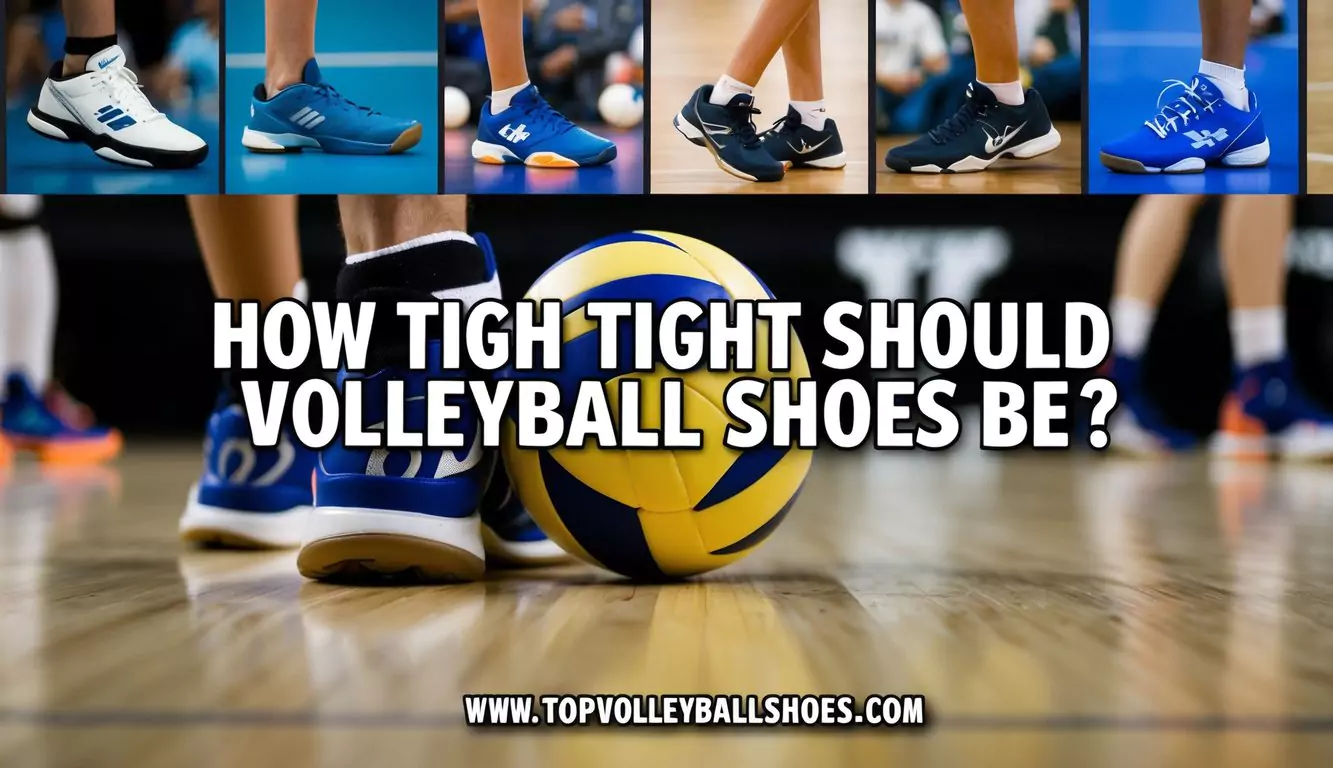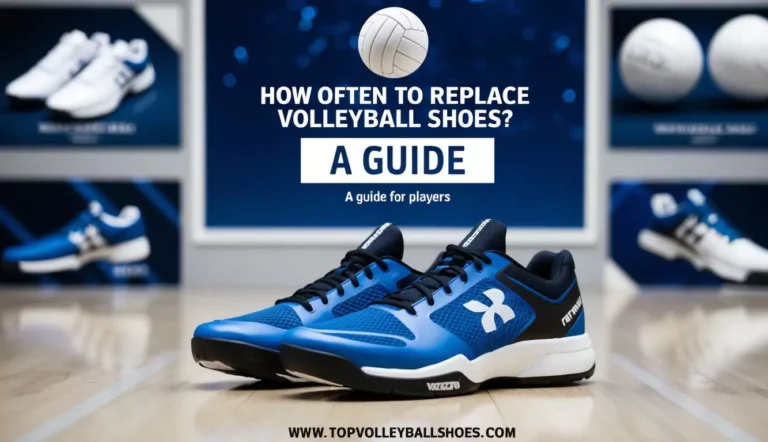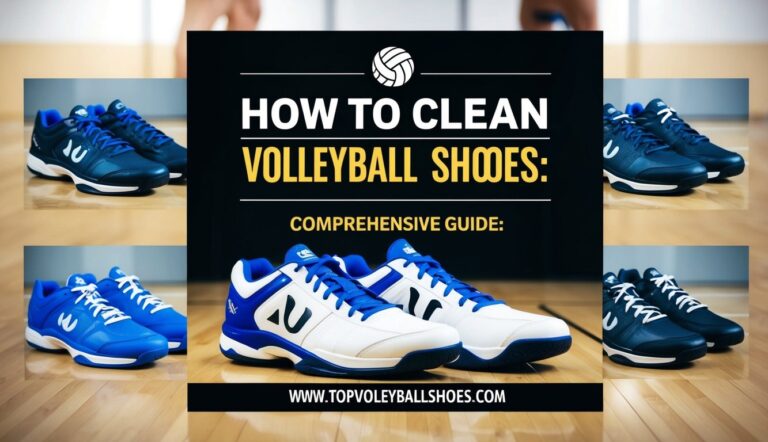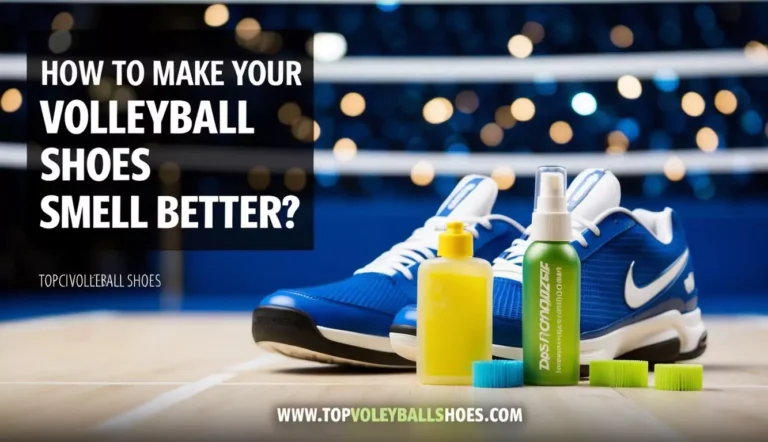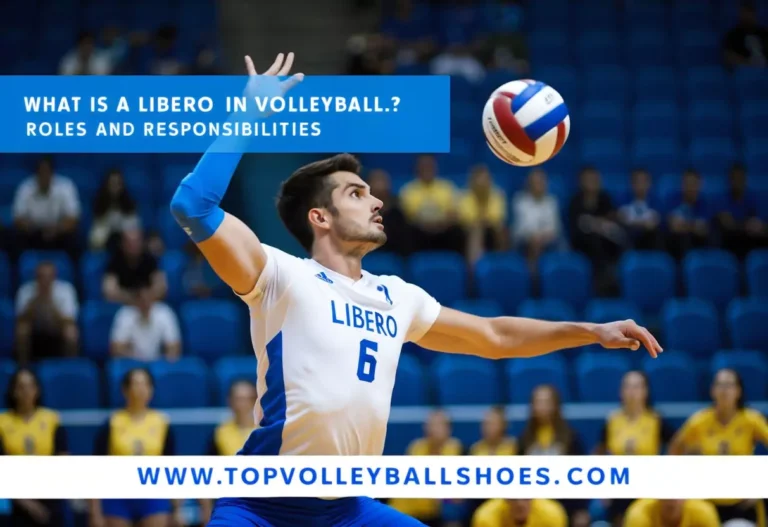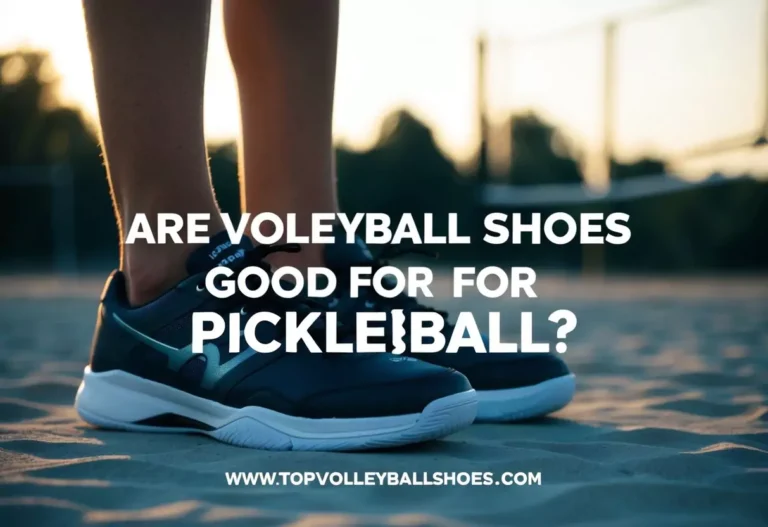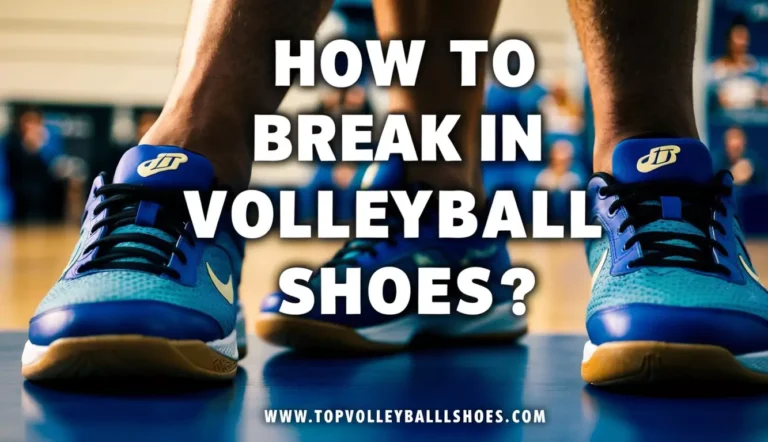How Tight Should Volleyball Shoes Be? Comprehensive Fit Guide
Finding the right fit for your volleyball shoes is essential for both performance and safety.
Volleyball shoes should feel snug but not painfully tight, allowing your toes to move slightly without excessive pressure.
A proper fit ensures you can make quick movements on the court while preventing injuries.

When choosing volleyball shoes, aim for a balance that supports your foot without causing discomfort.
You’re looking for a feeling of being locked in, so your shoes won’t slip off during jumps or dives.
With the right fit, you can focus on your game instead of your footwear.
Getting the fit right can enhance your overall performance and enjoyment of the sport.
Knowing how tight your shoes should be can help you make better choices when shopping for your next pair.
Key Takeaways
- Volleyball shoes should be snug, supporting your foot without being too tight.
- Proper fit helps prevent foot injuries and enhances performance.
- Comfort is key for maintaining focus during the game.
How Should A Volleyball Shoe Fit? Step by Step Guide

Finding the right fit in volleyball shoes is essential for performance and comfort.
You need to know how to measure your feet and understand shoe design to choose the best pair for your needs.
Additionally, your socks play a crucial role in achieving a snug fit.
Importance of Proper Fit
A proper fit ensures maximum comfort and reduces the risk of injury.
Shoes that are too tight can cause discomfort and blisters, while loose shoes can lead to instability during play.
Your toes should have enough room to move without being cramped.
Ideally, there should be about a thumb’s width between your longest toe and the end of the shoe.
This space allows for natural movement, especially when jumping or landing.
Measuring Your Foot for Volleyball Shoes
To measure your foot accurately, use a ruler or measuring tape.
Stand on a piece of paper and outline your foot. Mark the longest point from the heel to the longest toe.
Measure this distance in inches or centimeters.
It’s best to measure your feet at the end of the day when they are slightly swollen to ensure proper sizing.
If one foot is larger, always go with the bigger size to ensure comfort.
Volleyball Shoe Design and Structure
Volleyball shoes are designed to provide support and traction.
Key features include a cushioned sole for shock absorption and a non-marking rubber outsole for grip on indoor surfaces.
Many shoes have a high-top design or additional ankle support for stability during quick movements.
The construction materials also matter—look for lightweight options that allow breathability.
This design helps maintain comfort during long matches, reducing fatigue as you play.
The Role of Socks in Shoe Fit
Your choice of socks can significantly affect how your shoes fit.
Ideally, choose moisture-wicking athletic socks that provide some cushioning.
These types help reduce friction, which can cause blisters.
Make sure the socks you select fit snugly but are not too thick, as they can make your shoes feel tighter than comfortable.
Proper sock thickness ensures your foot stays securely in place within the shoe while allowing for adequate movement.
Frequently Asked Questions

Understanding how volleyball shoes should fit can help enhance your performance and comfort on the court. Below are answers to some common questions about the fit and functionality of volleyball shoes.
What factors determine the proper fit for volleyball shoes?
The right fit depends on several factors, including your foot shape, size, and the type of socks you wear.
Your foot should feel snug without being pinched. Aim for about a quarter to half an inch of space between your toes and the front of the shoe.
What are the consequences of wearing volleyball shoes that are too tight?
If your shoes are too tight, you might experience discomfort, reduced blood circulation, or even blisters.
This can lead to decreased performance and impact your ability to move quickly and effectively during gameplay.
How can one effectively break in new volleyball shoes for optimal comfort?
To break in new volleyball shoes, wear them for short periods initially.
Gradually increase the duration as they begin to mold to your feet.
Consider using them during practice sessions instead of full games to allow for a smoother transition.
What indicators suggest that volleyball shoes are providing the correct level of tightness?
You should feel your heel secure without slipping, and the shoe should not pinch your toes.
A good fit also allows for some movement in the heel while keeping the rest of your foot well-supported.
Are there differences in fitting requirements for volleyball shoes based on player experience level?
Yes, beginners may prefer a slightly looser fit for comfort as they adjust to the sport.
More experienced players typically seek a snugger fit for better control and responsiveness during play.
What key features should one look for in volleyball shoes to ensure proper grip and support?
Look for shoes with a flexible sole and good traction for quick movements. Ankle support is also essential to prevent injuries.
Consider shoes designed specifically for volleyball to ensure you have the right features to perform well.

As a US hitter with a passion for volleyball, I bring firsthand experience and insight into what makes the best volleyball shoes stand out. From powerful spikes to swift court movements, I know how crucial the right footwear is for peak performance.

